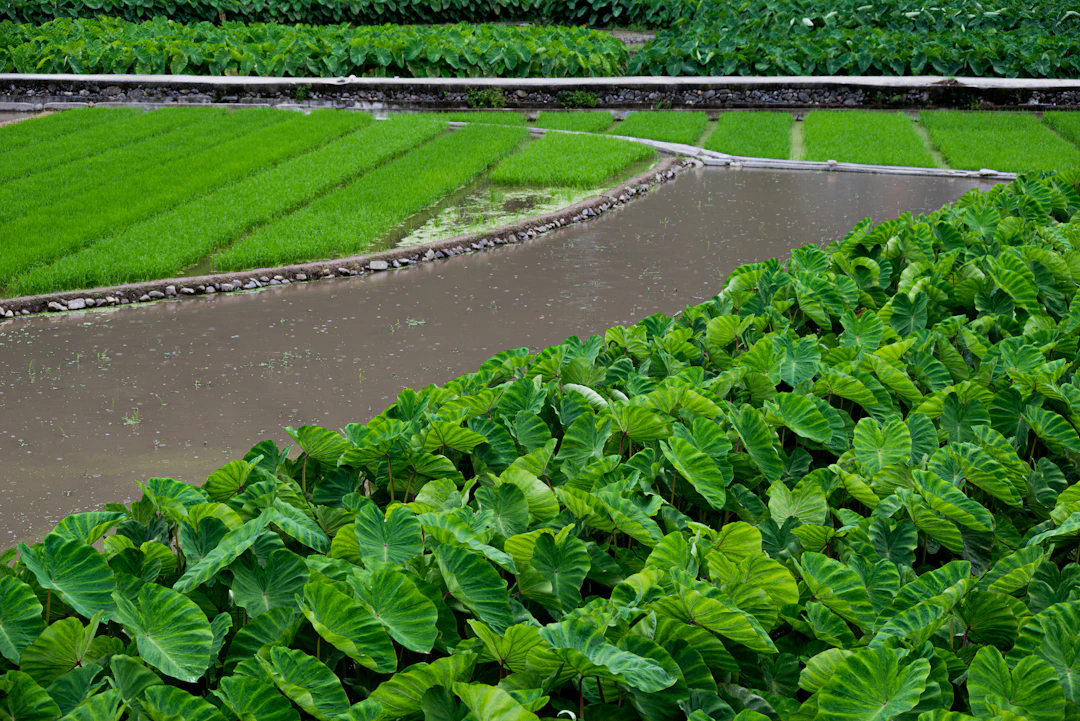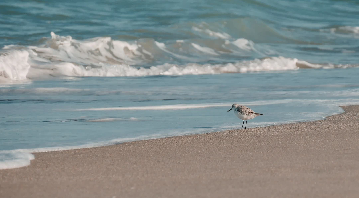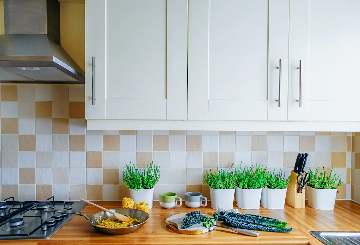Summer in Seattle can be a gardener’s paradise, but even here in the Pacific Northwest it’s easy to lose plant vigor without proper watering. Drip irrigation offers a remarkably efficient way to deliver water right where your veggies need it—at the roots, not on the leaves. It’s the tool I recommend most for sustainable, healthy gardens, both for its precision and water savings, especially during those rare local heat spells.
With drip systems, you can control the flow and frequency of water with much greater accuracy than with hoses or sprinklers. Drip devices come in various types, and understanding their roles can streamline your setup. For instance, ½-inch emitter tubing with built-in drippers is well suited to rows of carrots or radishes, while micro bubblers can target clusters of thirsty beans or cucumbers. It’s like customizing a hydration plan for each garden resident!
Seattle’s variability—from drizzly springs to warm, dry summers—makes adjustable drip components particularly handy. During cool, damp stretches, you’ll water less; during dry, sunny weeks, you can easily bump watering up a notch. Don’t just set and forget, though—check on your plants every few days for signs of either sogginess or thirst. Adjust accordingly for a truly happy harvest.
Below is a simple guide to the main types of drip watering components you’ll encounter, plus their best uses in your garden.
Choosing the Right Devices and Schedules
 |
Staked Drippers: Ideal for point-to-point watering (tomatoes, peppers, squash), available in flow rates from 0.5 to 5 GPH. |
 |
Emitter Tubing: Best for evenly watering rows of plants (carrots, lettuce, onions). Emitters spaced every 6–18 inches, flow rates around 0.9–1.0 GPH. |
 |
Micro Bubblers: Great for large plants or groupings (beans, cucumbers). Adjustable flow up to 13 GPH. |
Plant-by-Plant Watering Guidance
Deciding when and how much to water can be tricky. The following table outlines suggested flows and schedules for different vegetable types, from leafy greens to juicy tomatoes. These are starting points; always monitor your soil and adjust as needed for your Seattle microclimate.
| Plant | Drip Device | Water Needs | Cool Climate | Warm Climate | Hot Climate |
|---|---|---|---|---|---|
| Row Plants (lettuce, peas, radishes) | ½" or ¼" Emitter Tubing | 2 gal/wk | 45 min. 2x/wk | 60 min. 2x/wk | 90 min. 2x/wk |
| Onions | 0.5 GPH Dripper | 0.5–1 gal/wk | 45 min. 1x/wk | 60 min. 1x/wk | 90 min. 2x/wk |
| Tomatoes, Peppers | 2.0 GPH Dripper | 2 gal/wk | 45 min. 2x/wk | 60 min. 2x/wk | 75 min. 2x/wk |
| Cucumbers, Beans | Micro Bubbler | 1–2 gal/wk | 45–60 min. 1x/wk | 60 min. 1x/wk | 75–90 min. 2x/wk |
Smart Planning for Drip Systems
I always advocate mapping your veggie beds by their watering needs before you lay out tubing. Group plants that have similar requirements and run emitter tubing along those rows. For outliers—like that single squash that’s always thirstier—use a dedicated dripper. Routing tubing in this way makes seasonal tweaks a breeze and supports healthier plant development throughout the season.
Don’t forget about micro sprays and misters, but use them with caution. In Seattle’s humid spells, excess moisture on leaves can encourage fungal growth. If you do use sprays, water in the morning or late afternoon so foliage can dry and plants remain robust.
Monitor, Adjust, and Grow!
As your garden matures and the days shift from cloudy to balmy, your drip setup should remain flexible. Periodically inspect soil moisture and emitter function. Even the best-designed systems need a tune-up! A little maintenance saves you time, money, and water—all while delivering a gloriously productive harvest.
With thoughtful planning and the right drip tools, your Seattle vegetable garden will not only flourish but also give you the satisfaction of efficient, mindful stewardship. Happy gardening, from one enthusiast to another!
References:
[1] Rain Bird, "Drip Watering Tips to Keep Your Vegetable Garden Thriving."
[2] Better Homes & Gardens: Fresh Takes on Home, Garden & Food
Read More

Camila Ward
Author
Raised in a bustling suburb of Atlanta, Camila Ward grew up fascinated by machinery and how things work. She attended Georgia Tech and became a mechanical engineer, quickly making a name for herself through innovative eco-friendly design projects.
After a decade in R&D for a major tech firm, Camila took a leap and opened her own consultancy. She now specializes in sustainable solutions for urban environments, balancing her technical expertise with a commitment to social responsibility.


